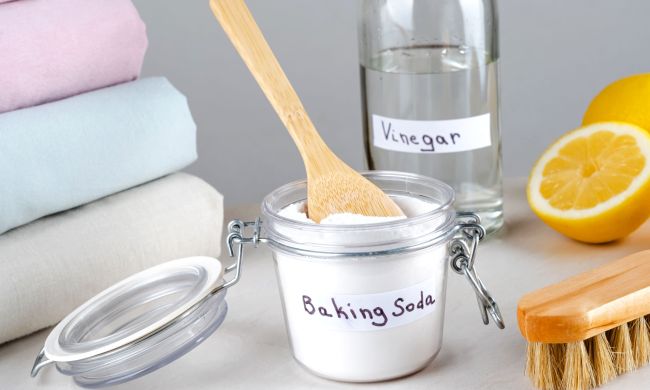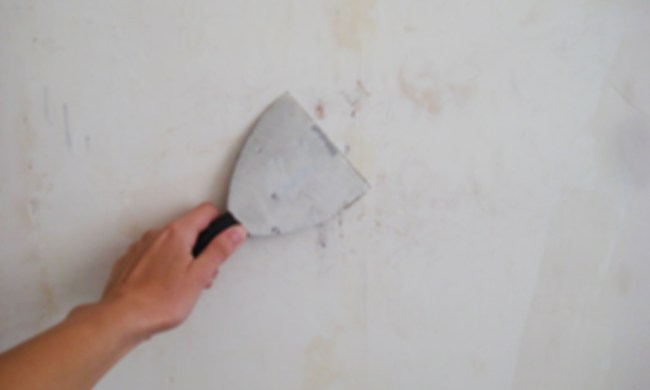Weighted blankets have gained popularity for their ability to alleviate anxiety and improve sleep quality. However, when it comes to washing your bedding, proper maintenance is a big part of ensuring you can enjoy your weighted blanket for years to come. Let’s discuss some of our maintenance best practices and our recommendations for how to wash a weighted blanket in just a few simple steps.

What’s inside a weighted blanket?
Before we dive into the how-to’s, it’s important to understand what exactly these blankets are made of. Weighted blankets are filled with materials like glass beads, plastic pellets, or even rice to provide the desired weight. These materials are distributed evenly throughout the blanket to apply gentle pressure across the body, promoting relaxation and calming effects in your bedroom.

Can you wash a weighted blanket in the washing machine?
Many weighted blankets are machine washable, but it’s crucial to check the care tag on the blanket or the manufacturer’s instructions before washing it. Some blankets may require spot cleaning or hand washing to prevent damage to the internal materials or the blanket’s stitching. There are even some weighted blankets that are dry-clean only.

Removing stains from your weighted blanket
For spot cleaning your blanket, make a DIY stain remover with mild detergent or use an appropriate commercial stain remover and gently blot the affected area with a clean cloth. Avoid rubbing vigorously, as this can damage the fabric or cause the stain to spread. For tougher stains, consider professional cleaning services or consult the manufacturer’s guidelines.

How to wash a weighted blanket
1. Prepare the washing machine
If your weighted blanket is machine washable, ensure that your washing machine is large enough to accommodate its size and weight. Use a gentle cycle with cold water and a mild detergent to prevent shrinking or damaging the fabric.
2. Load the blanket alone
Place only the weighted blanket in the washing machine and don’t add any other items to the load. Overloading the machine can prevent proper cleaning and rinsing. Make sure it’s evenly distributed to maintain balance during the wash cycle.
3. Wash with care
Start the washing machine and allow the cycle to complete. Avoid using bleach in this laundry load as well as fabric softeners, as they can degrade the fabric or affect the weighted filling. If necessary, run an additional rinse cycle to ensure all detergent is removed from the blanket.
4. Dry a weighted blanket
After washing, it’s essential to dry your weighted blanket properly to prevent mold or mildew growth. Hang the blanket outside or lay it flat on a clean surface to air dry naturally. Avoid hanging it in direct sunlight, as prolonged exposure can fade the fabric colors.
If your weighted blanket is suitable for tumble drying, use a low heat setting and remove it promptly once dry to prevent overheating or wrinkling.

How often should you wash a weighted blanket?
You don’t have to wash your weighted blanket with the same frequency as you wash your sheets, and how often you wash your weighted blanket depends on how often you use it and your personal preference. As a general guideline, aim to wash it every one to two months to maintain cleanliness and freshness. However, if you notice any stains or odors, it’s best to wash it promptly to prevent them from setting in.

Tips for keeping your weighted blanket clean for longer
- Use a removable duvet cover to protect your weighted blanket from spills, stains, and daily wear and tear. That way, you can wash the duvet cover regularly to maintain cleanliness without compromising the blanket’s filling.
- Avoid eating or drinking while using your weighted blanket to prevent accidental spills or stains.
- Clean any stains immediately to prevent setting.
- Remove pet hair and dander regularly with a lint roller. This helps minimize pet odors from clinging to your blanket.
- Put your weighted blanket away after every use.
- Store your weighted blanket in a breathable fabric bag or container when not in use to protect it from dust and dirt buildup.
Weighted blankets are an amazing treat, and they’re a great way to improve your sleep and help with conditions like anxiety. Proper care and maintenance are essential for keeping your weighted blanket clean, fresh, and effective. By following these simple steps and guidelines, you can enjoy the soothing benefits of your weighted blanket for years to come. Remember to check the manufacturer’s instructions and handle your blanket with care to ensure optimal performance and longevity.




